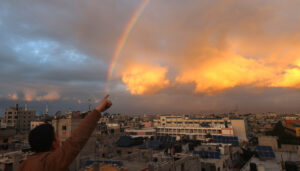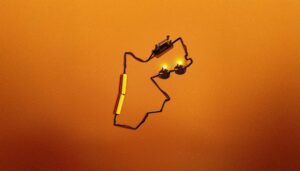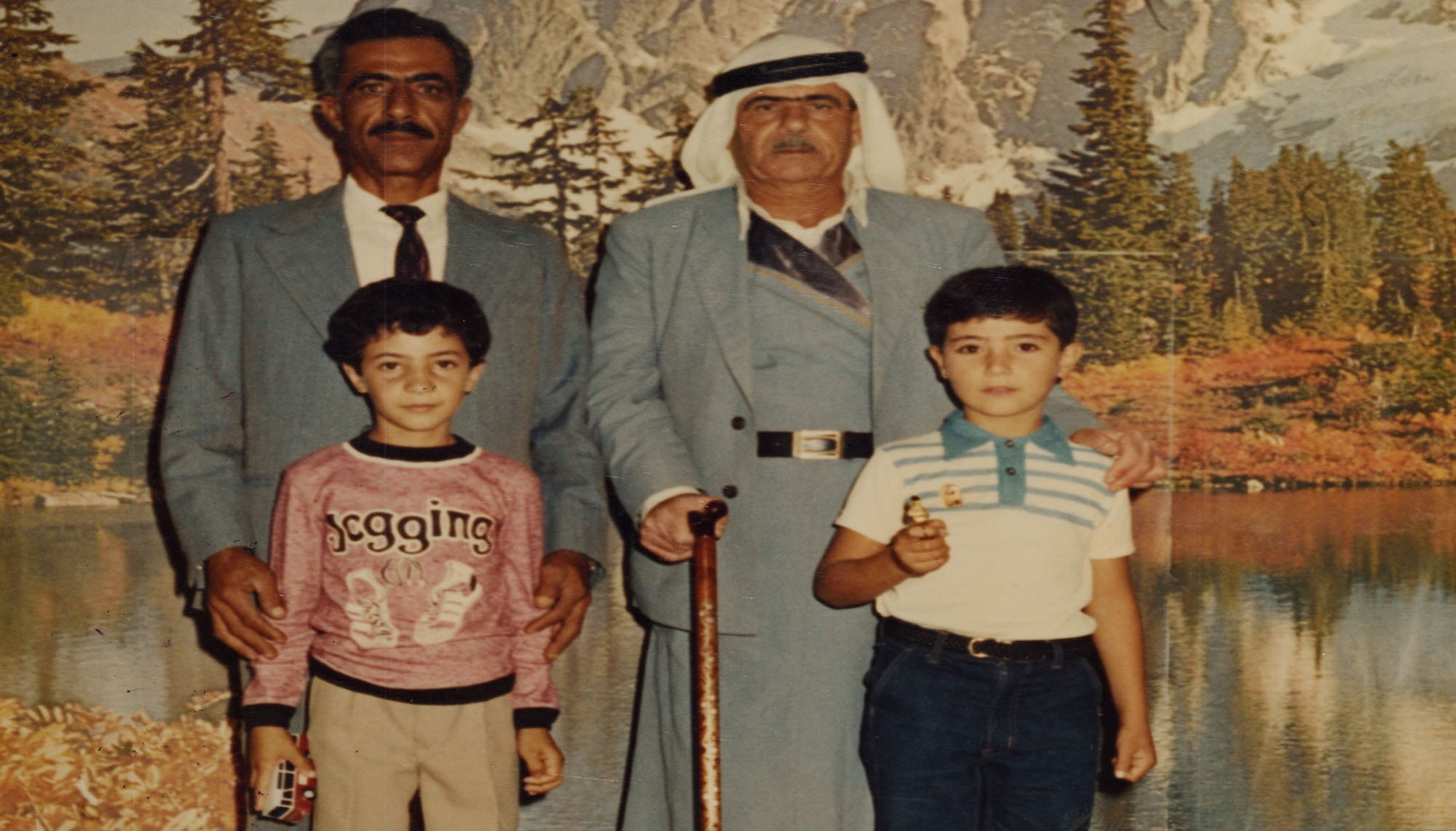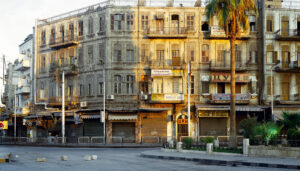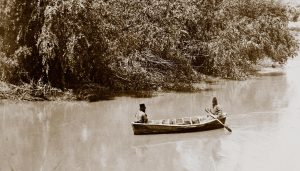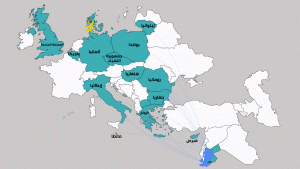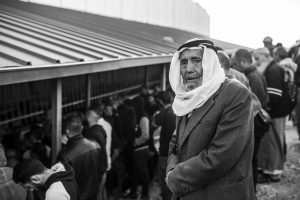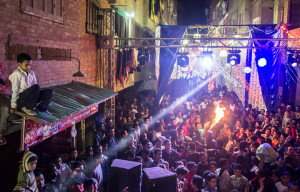 Written by L. S.
Written by L. S.
Photos by L. S., Winkie Williams, and Ramsey Tesdell
This spring, I traveled with my friends on the Hijazi (Hidjaz in Turkish) Railway, starting in Amman and heading towards Zarqa. We started near Amman Al- Mahta Balad and end up to the Zarqa highway. After a short taxi ride to the station, we entered the railroad trail just up the road from the station itself. Along the way, we had the chance to meet four young Jordanian men who lived around Al-Mahta. They told us that hijazi was built to transport pilgrims from Damascus to Madina cross Amman and it was established by the Othman government in 1900. 
The trail is the old railroad. Cool, even on a warm spring day, and insulated from the noise from the surrounding roads it makes for a pleasant walk, while its proximity to Amman makes it even more attractive.
After about an hour or so of hiking, we approached an ancient Othman house. There the view was tremendous. The path that leads down there is also a perfect place for a longer break. On the northern side of the railway, there were several caves with some remnants of old stones scattered around. You also can see many of Anemones coronaria flowers, cactus and olive trees. In a moment, I started taking photos where I felt started to experience a “new growth and appreciation” of my homeland, of its earth, rocks, trees, and the scent of delicate cornoaria, carried by the cool breeze through an ancient, hand-built home in Palestine.
Shortly thereafter you will pass by a few Bedouins who inhabit several houses in the both sides of the railway. Ironically, these Bedouin houses, built out of scavenged scraps, included signs from the most recent World Economic Forum, held at the Dead Sea. I doubt the designers or the affluent economic leaders of the world knew that the signs would be used to build shelter for some of the world’s poorest. Some trees and bushes are permanently green especially along the canal. You will also encounter herds of chickens, camels, and horses. Continuing the hike from this point, it takes little more than an hour to reach Wadi Al-Qamer. Slowly the Wadi fades out and you will find yourself in the middle of residential area. The hike ended with a hot cup of tea and lunch at the main road of Al-Qamer restaurant. There we sat and soaked in the trip, and local community beat.
Hijazi Railway makes for an amazing hike that takes you through three climatic zones with caves, canals, amazing rocks, cactus and olive trees, and meadows of flowers in spring. Take a walk on the Hijazi railway for the perfect combination of history and nature.
